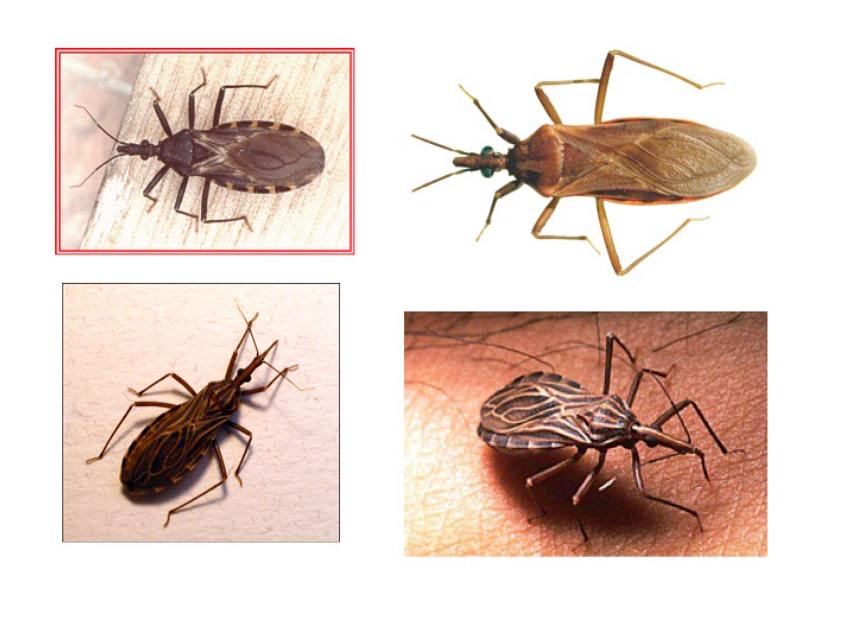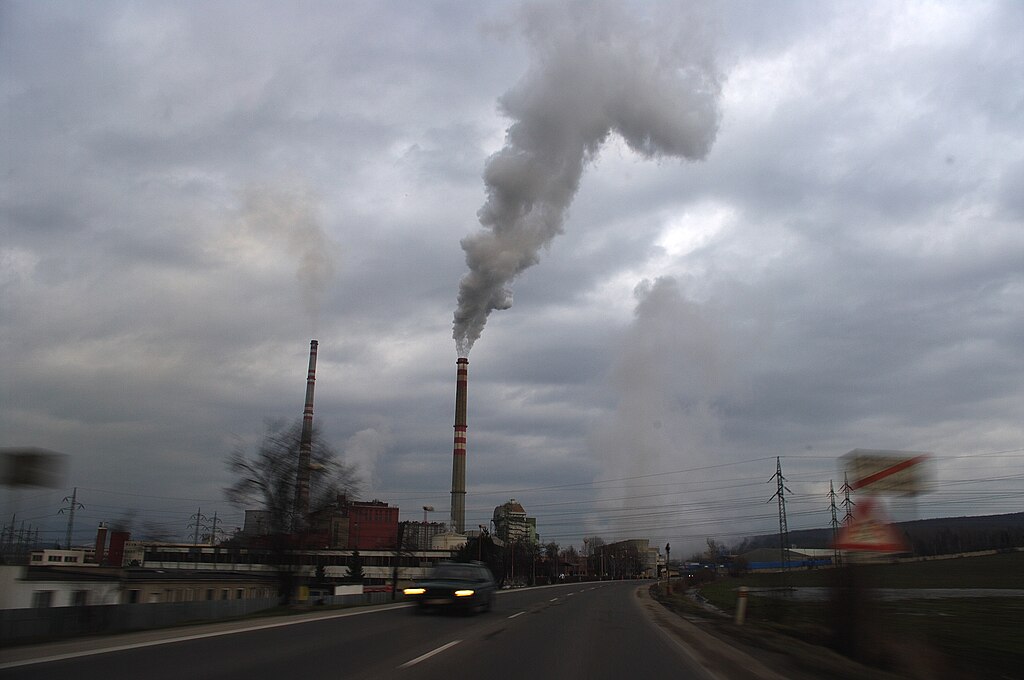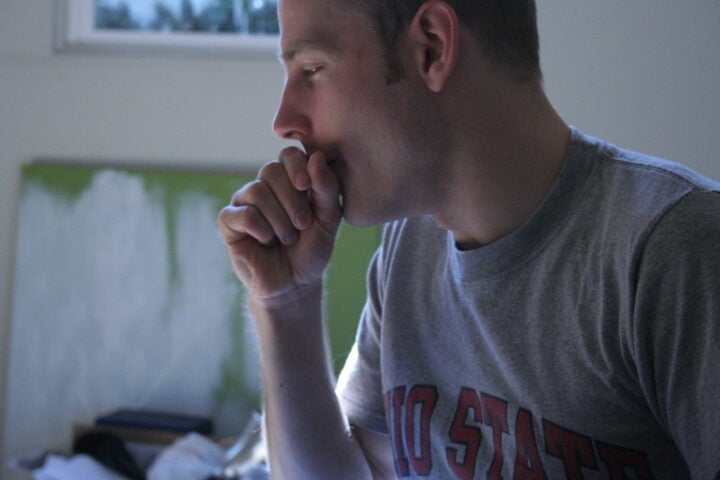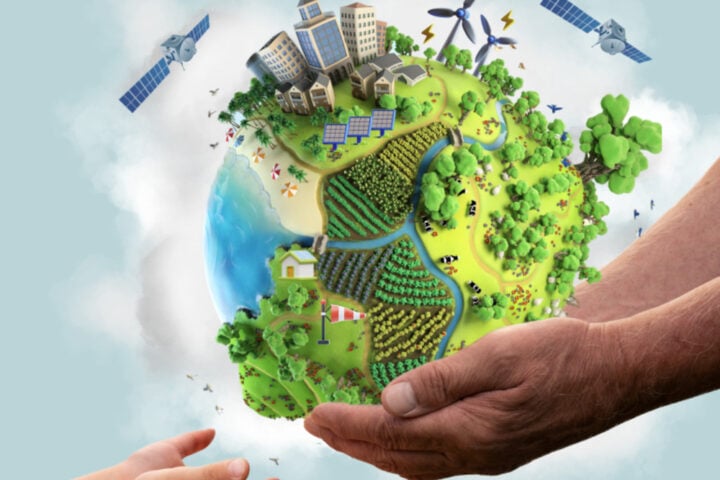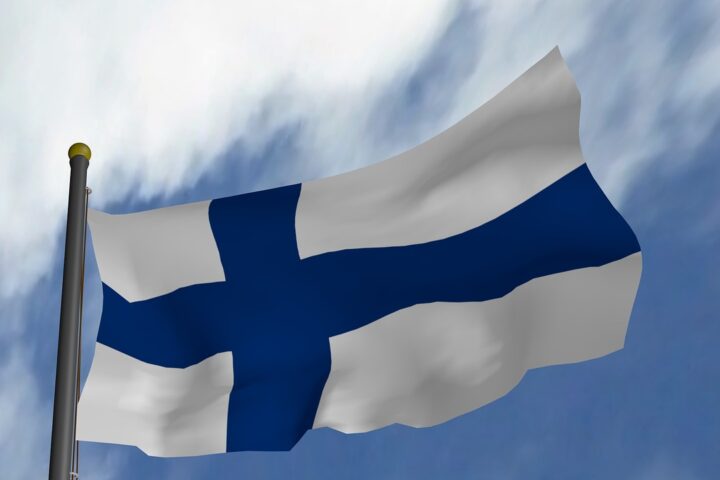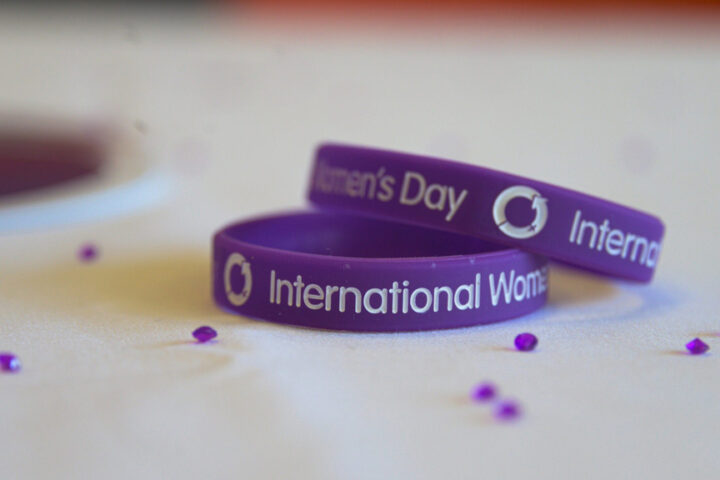Human happiness has two sides. One is positive – that is one is happy with his body and brain in good condition. The negative side is freedom from disease. To be free from Chagas disease is also happiness.
The World Chagas Day is celebrated to increase awareness about this potentially dangerous ailment. Chagas disease is also known as “silent or silencer disease.” This disease affects mainly poor people without access to health care. It also affects people without political voice. The disease progresses slowly.
It often shows as an asymptomatic clinical course. Without treatment, Chagas disease can lead to severe cardiac and digestive alterations. It can become fatal. Raising awareness about the disease is essential to improve the rate of early treatment and cure, together with the intervention of its transmission.
The first World Chagas Day was celebrated on April 14, 2020. Chagas (American Trypanosomiasis) is a potentially life-threatening disease. It is caused by the protozoan parasite Trypanosoma cruzi. About 6 to 7 million people across the world are infested with T. cruzi.
The Chagas-infected persons are mainly found in endemic areas of 21 continental Latin American countries when humans come into contact with feces and/or urine of infected blood-sucking triatomine bugs (vector-borne transmission). Originally confined to the Americas, it has spread to Canada and many European countries and some African countries. This has happened due to population mobility, urbanization, and emigration.
Similar Posts
Triatomine bugs typically live in the wall or roof cracks of poorly constructed houses in rural and semi-urban areas. Chagas disease can be transmitted through blood or blood transfusion from infected donors.
The WHO decided in May 2019, at its 72nd Assembly, to establish a World Chagas Day on April 14. April 14 happens to be the date of the year 1909 when Carlos Chagas diagnosed the first human case of the disease in a 2-year-old girl named Berenice.
The theme of this year’s World Chagas Day is: “Prevent, Control, Cure: Everyone’s role in Chagas Disease.” The challenges of Chagas are: asymptomatic nature of the disease, limited access to diagnosis and treatment, lack of funding and research, and social stigma and discrimination.
But WHO and PAHO have doubled efforts to control the spread of Chagas. Benznidazole and Nifurtimox are being tried in treatment of this disease. Scientists are trying to develop a vaccine to prevent Chagas.
DNDi is one of the prominent institutions trying to do research about Chagas. Vector control and housing improvement are two aspects of Chagas control. There is also a need for political will to combat this disease.
Chagas can also co-infect with HIV. There is an economic factor caused by this disease. Patient advocacy groups have an important role to play in the fight against Chagas. Cardiomyopathy and gastrointestinal complications cannot be ruled out while treating this disease.
The goal of World Chagas Day is to connect it with Sustainable Development Goals of the UN. In short, World Chagas Day is celebrated every year on April 14 to raise awareness about it. The theme of this year’s World Chagas Day is: “Prevent, Cure, Control – Everyone’s role in Chagas.”

The disease is associated with poor housing. The WHO is at the forefront to combat this potentially fatal disease. Confined to Continental Latin American countries, the disease has spread to Canada, the US, many European and African countries.
Concerted action and political will are required to control this disease, named after Carlos Chagas, who diagnosed it first in 1909 while treating a girl named Berenice on April 14. That is why it is celebrated on April 14 since 2020.
Frequently Asked Questions
Chagas disease is a potentially life-threatening illness caused by the parasite Trypanosoma cruzi. You should care because it affects 6-7 million people worldwide, has spread beyond Latin America to North America and Europe, and can lead to severe heart and digestive problems if left untreated. Despite its serious nature, it remains a neglected tropical disease that receives little attention compared to other global health threats.
Chagas disease is primarily transmitted through contact with the feces of infected triatomine bugs (sometimes called “kissing bugs”). These insects typically live in wall or roof cracks of poorly constructed houses in rural or semi-urban areas. The disease can also spread through blood transfusions from infected donors, from mother to child during pregnancy, through organ transplantation, and rarely through contaminated food or beverages.
Chagas disease has two phases. The acute phase occurs immediately after infection and may have mild symptoms like fever, fatigue, body aches, headache, rash, and swelling around the infection site. Many people don’t notice these symptoms. After the acute phase, most people enter an asymptomatic chronic phase that can last decades. Without treatment, about 30% of infected people develop serious complications including heart rhythm abnormalities, a dilated heart, or digestive problems like an enlarged esophagus or colon.
Yes, Chagas disease can be treated with antiparasitic drugs called Benznidazole and Nifurtimox. These medications are nearly 100% effective in curing the disease if given during the early acute stage of infection. Their effectiveness decreases the longer a person has been infected. For those with chronic Chagas disease, treatment can still prevent or delay the development of complications. Scientists are also working to develop a vaccine, but none is currently available.
World Chagas Day is celebrated on April 14th to raise global awareness about this neglected tropical disease. The date was established by the World Health Organization in 2019 and first observed in 2020. April 14th was chosen because it marks the day in 1909 when Brazilian physician Carlos Chagas diagnosed the first human case of the disease in a 2-year-old girl named Berenice. The day aims to increase awareness, improve early detection rates, and promote prevention efforts worldwide.
Prevention of Chagas disease focuses on vector control—reducing contact with the triatomine bugs that spread the parasite. This includes improving housing conditions (plastering walls, using mosquito nets), using insecticides to spray homes, practicing good hygiene in food preparation, and screening blood donors in affected regions. Community education about the disease and its transmission is also essential. In areas where the disease is common, pregnant women should be tested so that infected babies can be treated early.
